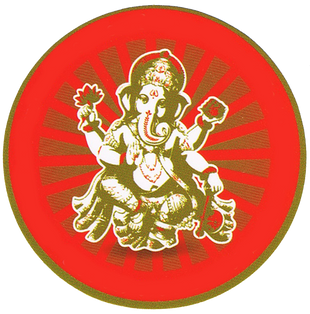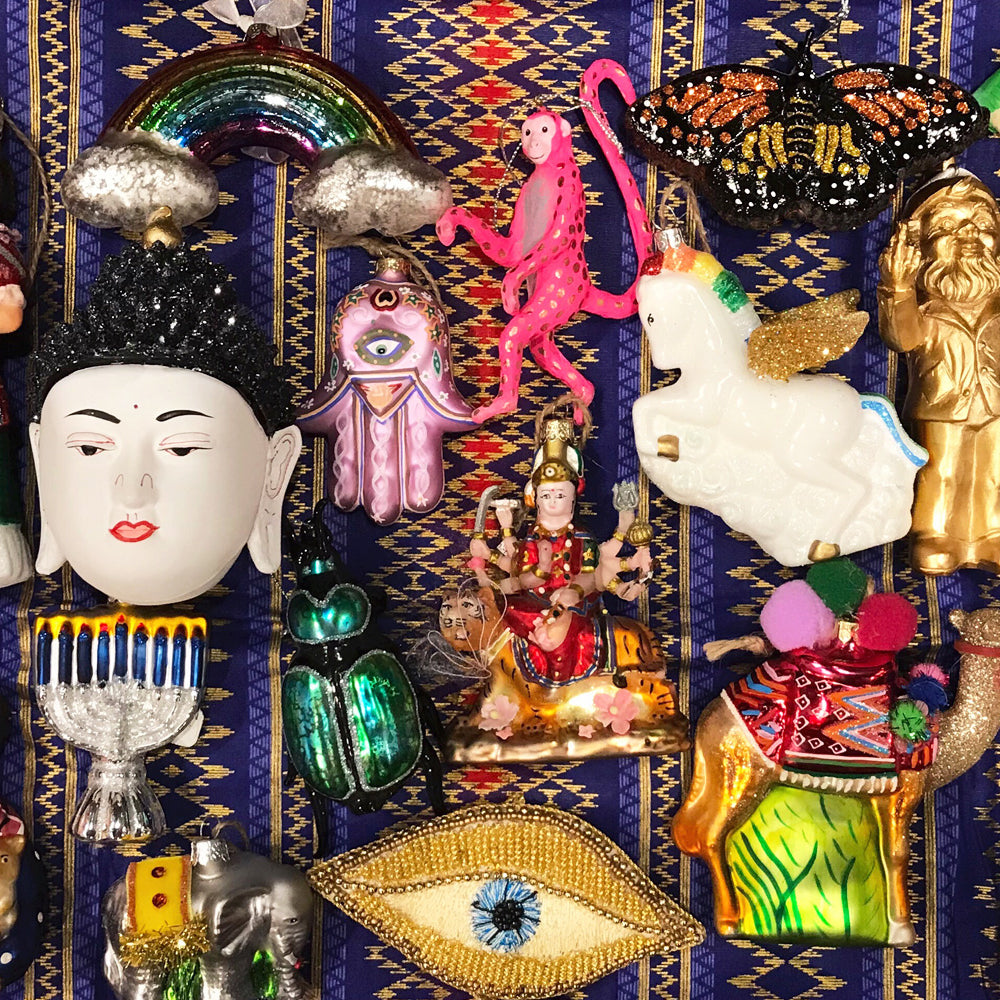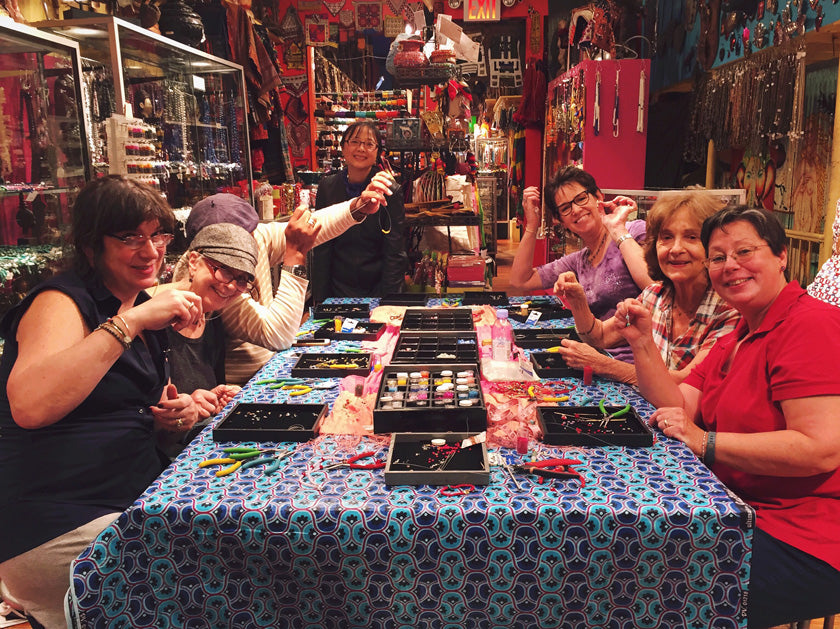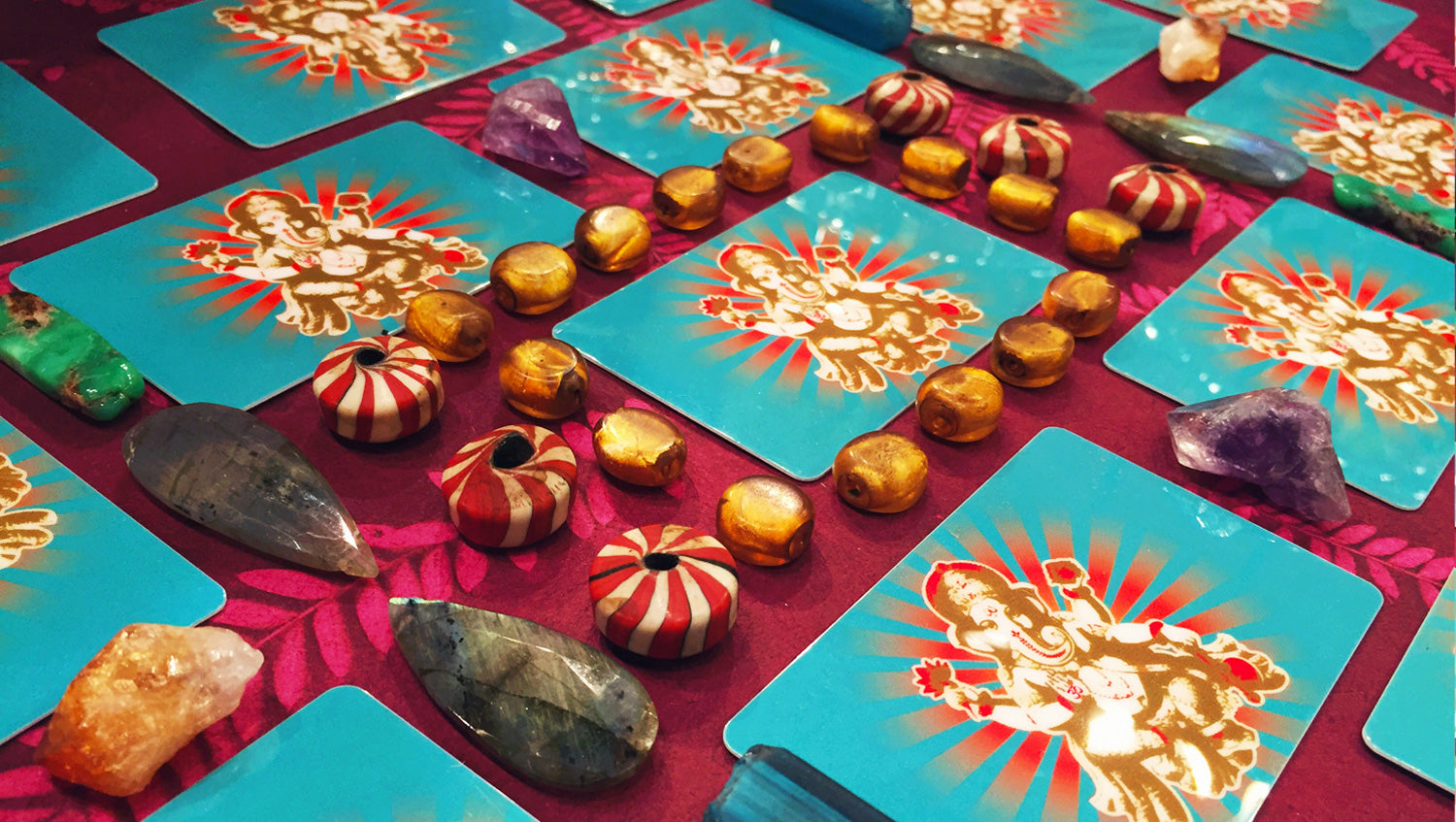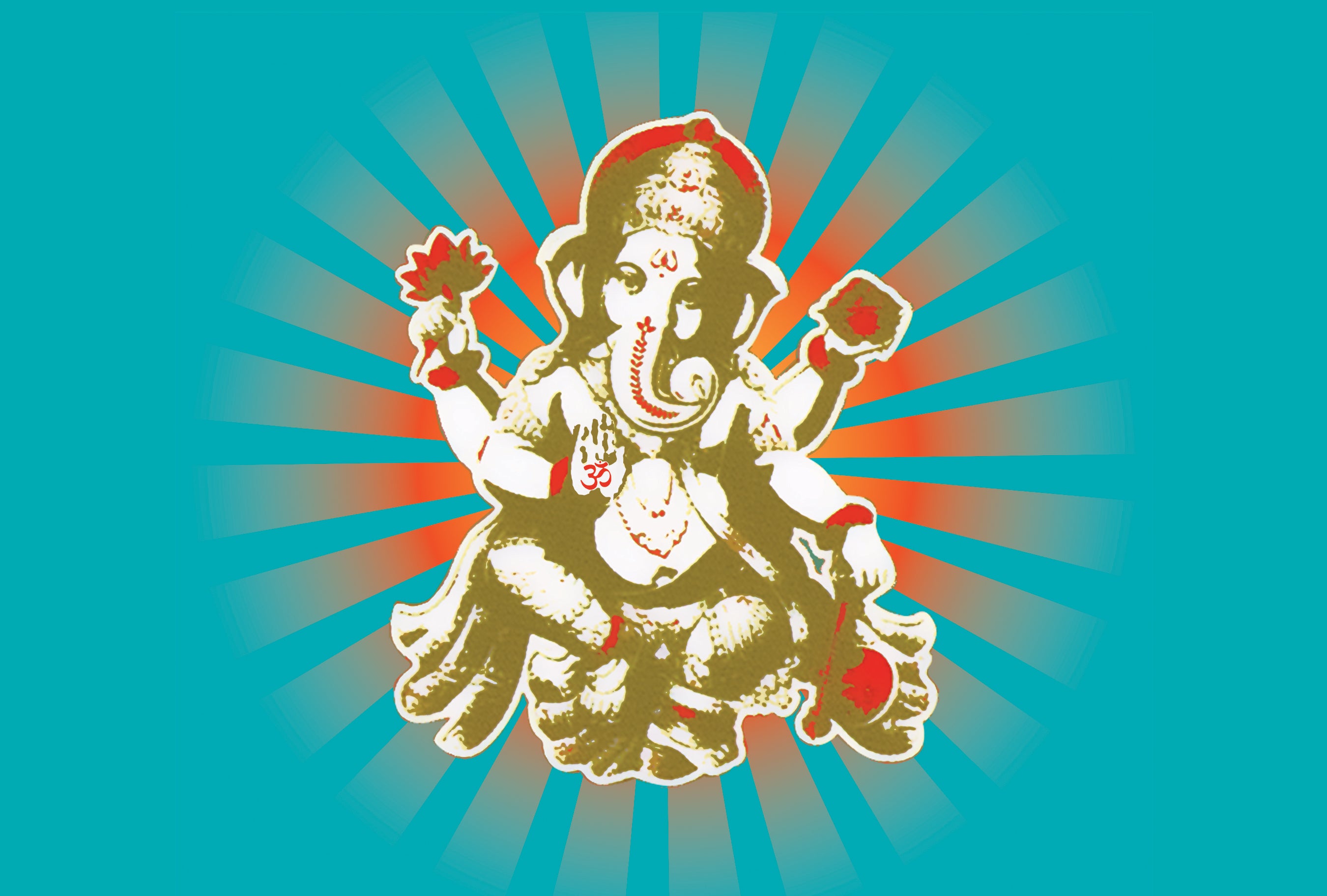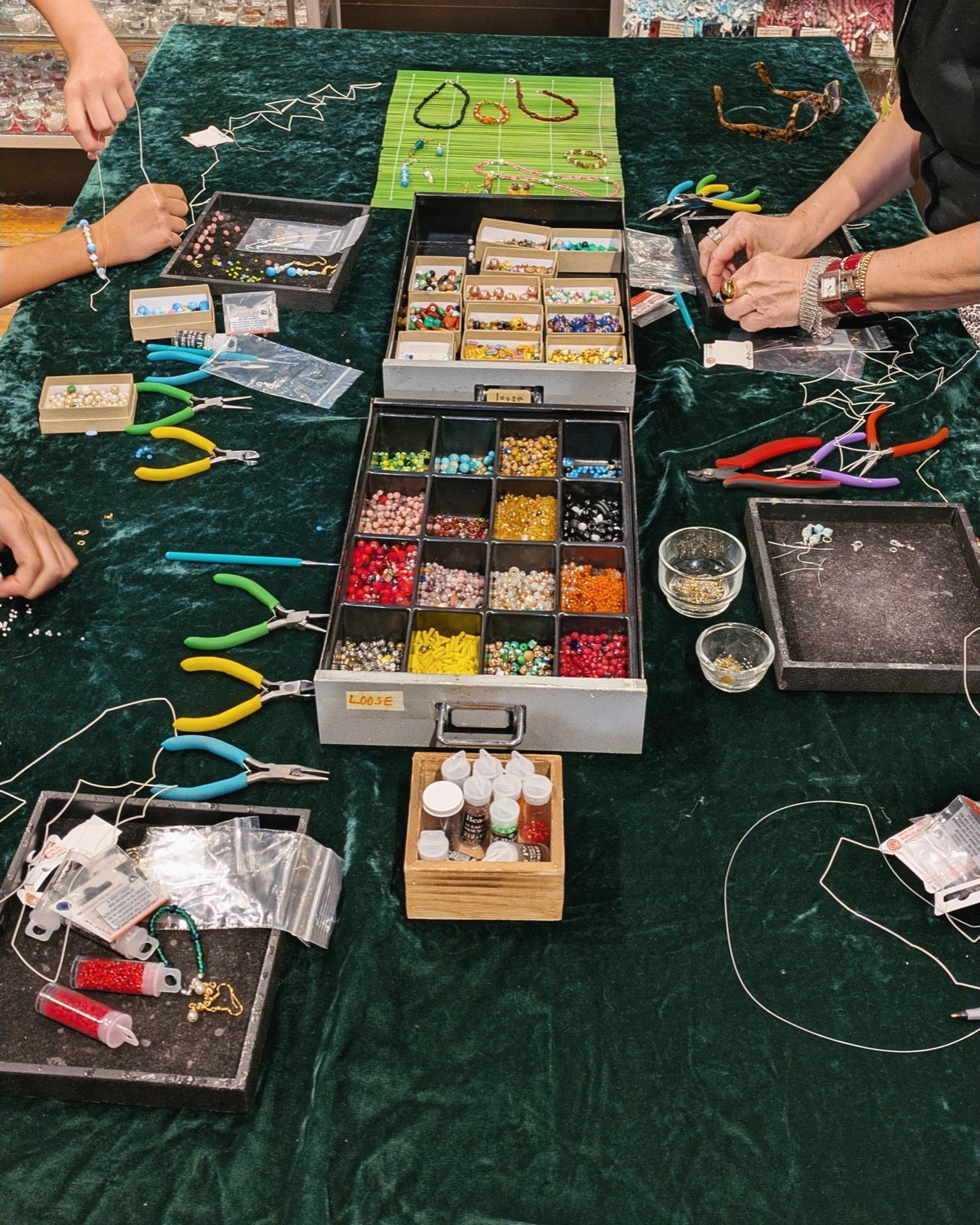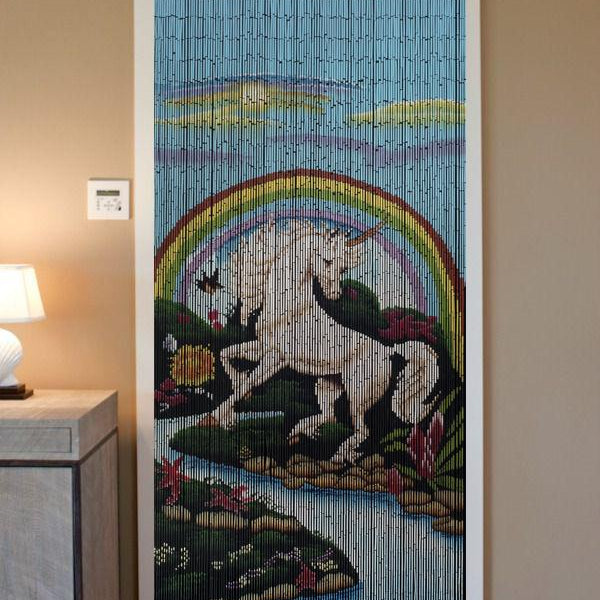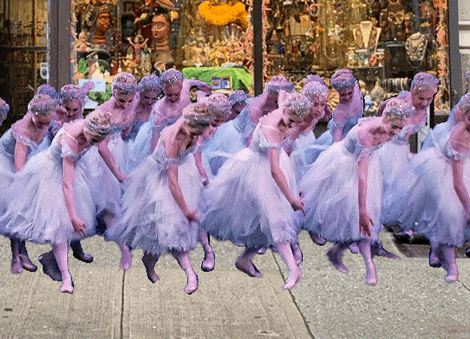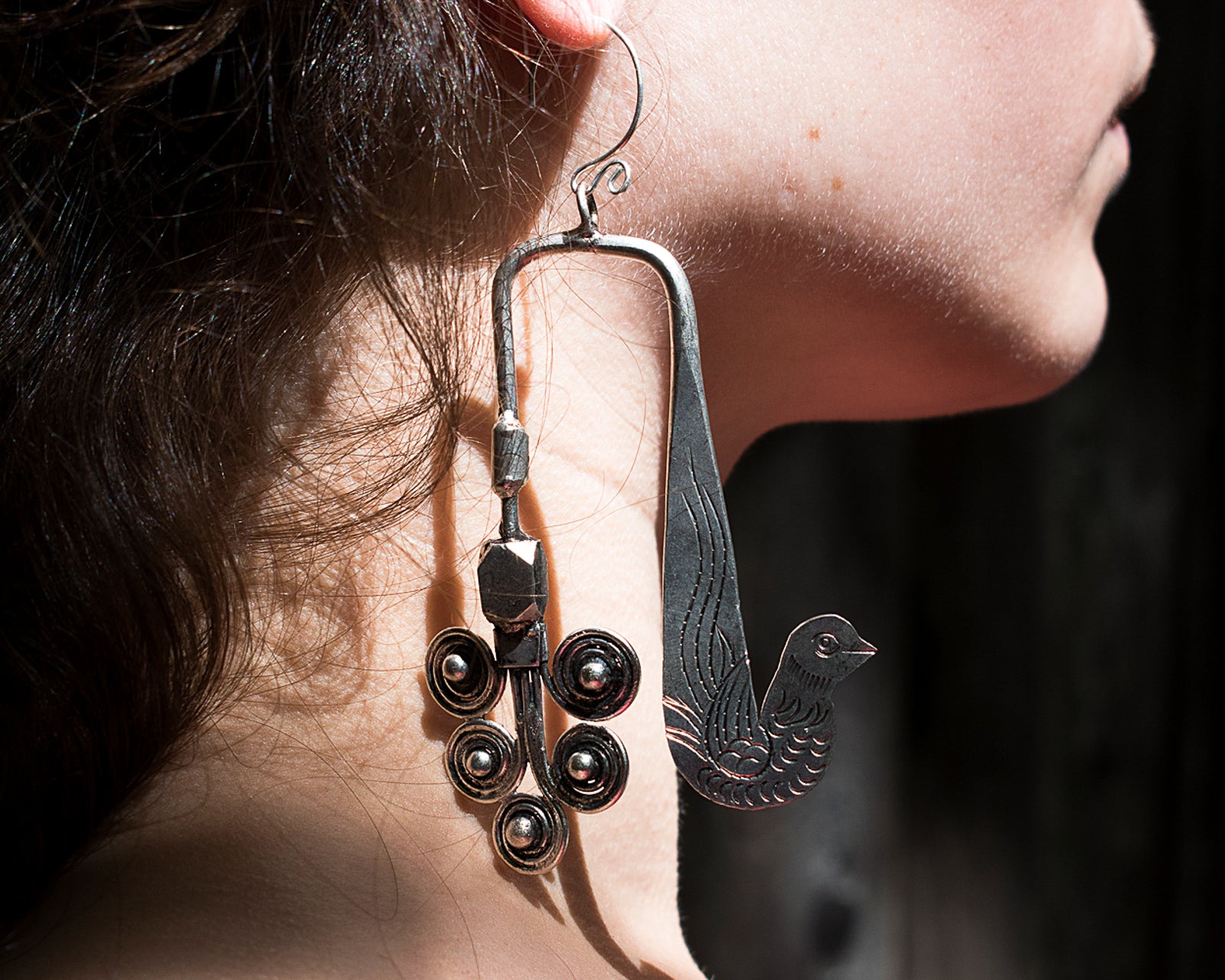
From the dawn of time, especially before the written word, we used symbols to communicate; if you take a look around you, particularly in public, you’ll find yourself surrounded by them. Look no further than international travel to see them in heightened action, as you meander through the airport in a country with a language you don’t understand and you’ll quickly find yourself looking for the familiar symbol for the bathrooms, for food, for baggage, for transportation. We use these symbols in our everyday lives, so much so that we cease to notice them, rarely thinking anything of it; it’s when we’re caught out of our element that we look to these near universal symbols to tell us where we are, where to go and what to do.
We frequently adopt symbols in our personal lives, too – ascribing a deeper meaning to the things that are important to us. These personal symbols reflect to us things such as who we are, who we want to be and where we hope to go in our lives. For instance, you may have a piece of jewelry once owned by a beloved relative or friend that you feel keeps them and their memories close, or a “lucky” item that must be worn or used in a certain way in order to work. These items feel “charged” with a special energy, a magical power of sorts that makes them more powerful than they would appear to the naked eye.
These things are, in essence, talismans; and they are talismans because we have made them so, charging them with a special energy unlike its companion the amulet, which on its own is alleged to possess the power to protect its owner from danger or harm.
Standing on the edge of our modern era and looking deep down into our roots, peering past through our selves, into our culture and belief systems, to our ancestors and where they came from, all the way down to the intricate threads that connect us all as humans, is where the need for symbols, amulets and talismans arose. What can be thoroughly fascinating is how these symbols were frequently shared by cultures, societies, and religions around the world, carrying them through time and space, where they have been integrated into our modern society.
Take for instance, the six-pointed star that we know generally think of as the Star of David or the Seal of Soloman that is currently frequently associated with Judaism and Israel. This talisman of two interlaced triangles has connections to most every religion and can also be traced all the way back to the Egyptians.
 In its composition the Triangle with its apex upwards symbolises Good, and with the inverted Triangle, Evil: the Triangle with its apex up being typical of the Trinity that exists in all religions; in India, China, and Japan its three angles represent Brahma, Vishnu, and Siva, the Creator, Preserver, and Destroyer or Regenerator; in Egypt it represented Osiris, Isis, and Horus, and in the Christian Church the Holy Trinity. As a whole it stood for the elements of fire and spirit, composed of the three virtues, Love, Truth, and Wisdom. The Triangle with its apex downward represented the element of water, and typified the material world, or the three enemies of the soul, the World, the Flesh, and the Devil, and the cardinal sins, Envy, Hatred, and Malice.
In its composition the Triangle with its apex upwards symbolises Good, and with the inverted Triangle, Evil: the Triangle with its apex up being typical of the Trinity that exists in all religions; in India, China, and Japan its three angles represent Brahma, Vishnu, and Siva, the Creator, Preserver, and Destroyer or Regenerator; in Egypt it represented Osiris, Isis, and Horus, and in the Christian Church the Holy Trinity. As a whole it stood for the elements of fire and spirit, composed of the three virtues, Love, Truth, and Wisdom. The Triangle with its apex downward represented the element of water, and typified the material world, or the three enemies of the soul, the World, the Flesh, and the Devil, and the cardinal sins, Envy, Hatred, and Malice.
Therefore, the meaning of the two Triangles interlaced, is the triumph of spirit over matter… - William Thomas
The concept of the “evil eye” can also be traced back through antiquity and through cultures around the world, causing an array of talismans that guard against this harm-inducing gaze to flourish. The eye symbol can first be linked all the way back to the Egyptians, wherein its earliest incarnation it  was a symbol represented by a point within a circle and was associated with the Pole Star and taken as a reminder of the Eternal, of the unchangeable as time carries on. To the Egyptians, the eye was not considered to be just a passive organ of sight - it is an agent of action, protection or wrath. The talisman “eye of Horus”, also known as Wedjat, was significant to the Egyptians and represents their deity Horus, whose left eye was gouged out in a fight for the throne after his father Osiris’s death. His eye was restored by another deity, which Horus then offered to his dead father Osisris, in hopes of bringing him back. The symbol of the eye of Horus thus symbolizes sacrifice, healing and protection.
was a symbol represented by a point within a circle and was associated with the Pole Star and taken as a reminder of the Eternal, of the unchangeable as time carries on. To the Egyptians, the eye was not considered to be just a passive organ of sight - it is an agent of action, protection or wrath. The talisman “eye of Horus”, also known as Wedjat, was significant to the Egyptians and represents their deity Horus, whose left eye was gouged out in a fight for the throne after his father Osiris’s death. His eye was restored by another deity, which Horus then offered to his dead father Osisris, in hopes of bringing him back. The symbol of the eye of Horus thus symbolizes sacrifice, healing and protection.

Interestingly, the origins of the concept are tied in to beliefs in water equating to life, and dryness to death; the “evil” done by the evil eye is that is causes living things to dry up. As such, the evil eye was considered most dangerous to babies, children and their nursing mothers; animals that were milked; fruit trees; and men, whose ability to father children could be lost. It is because of the rarity of blue and green colored eyes in the cultures of the evil eye’s most fervent believers, in addition to a variation in culture wherein perhaps no harm was seen in, say, praising a child, that many of these light eyed persons were considered to be bearers of the evil eye and the reason why evil eye talismans and amulets are frequently seen with a blue or sometimes green eye.
trees; and men, whose ability to father children could be lost. It is because of the rarity of blue and green colored eyes in the cultures of the evil eye’s most fervent believers, in addition to a variation in culture wherein perhaps no harm was seen in, say, praising a child, that many of these light eyed persons were considered to be bearers of the evil eye and the reason why evil eye talismans and amulets are frequently seen with a blue or sometimes green eye.
 From those more specific roots, the evil eye has come to represent the fear of the destructive energies brought about by negative emotions, and the talismans as a protection thereof. There are a bounty of methods for protection from the evil eye, expressed by cultures around the world. Interestingly, however, this concept never quite pervaded the east – China, Japan, Korea, Tibet, etc – but, that doesn’t mean that they don’t also parlay significance to the eyes.
From those more specific roots, the evil eye has come to represent the fear of the destructive energies brought about by negative emotions, and the talismans as a protection thereof. There are a bounty of methods for protection from the evil eye, expressed by cultures around the world. Interestingly, however, this concept never quite pervaded the east – China, Japan, Korea, Tibet, etc – but, that doesn’t mean that they don’t also parlay significance to the eyes.

If you visit Nepal, you will notice a large pair of eyes gazing at you from all four sides of the tower. These eyes both represent and are called Buddha eyes, and signify the all-seeing nature of the Buddha. Above the pair of eyes is the Nepali character for the number 1, symbolizing the unity of all things, and above that you’ll see the Buddha’s third eye, again representing the all-seeing wisdom of the Buddha. These Buddha eyes are a frequent symbol and talisman seen in bead form, especially when made from yak bone, which in and of itself symbolizes the impermanence of life, and the notion of being of use even in death.
Also carrying the symbol of Buddha Eyes are the mysterious Dzi beads  prized by Tibetans. The most valuable were made thousands of years ago, and some will say that the origins of the beads are unspecified. There are sources that say that these beads first appeared in ancient India, brought back by Tibetan soldiers from a raid in Persia or ancient Tajikistan. As you will recall, it is in these areas that the fear of the “evil eye” was most prevalent and, while the beads are now associated with Tibet, their original carvers created them with this in mind, etching eyes into agate as a talisman to combat this particular form of evil. The Tibetans attributed their own legends and interpretations to these fascinating beads whose specific methods of creation are still a mystery. The most common belief is that these beads were sent directly from the gods, while others say that the Dzi beads were once insects that were petrified into their stone form. Others say that during a time when Tibetans were suffering an epidemic, the Vajravarahi Buddha released the magical Dzi beads from the sky to help them. There are many additional legends that suggest the origins of the Dzi beads, but overall they are thought to bring good luck, ward off evil and protect the wearer from physical harm; they also have a system for deciphering the meanings behind the number of eyes the bead possesses, in addition to its other symbols.
prized by Tibetans. The most valuable were made thousands of years ago, and some will say that the origins of the beads are unspecified. There are sources that say that these beads first appeared in ancient India, brought back by Tibetan soldiers from a raid in Persia or ancient Tajikistan. As you will recall, it is in these areas that the fear of the “evil eye” was most prevalent and, while the beads are now associated with Tibet, their original carvers created them with this in mind, etching eyes into agate as a talisman to combat this particular form of evil. The Tibetans attributed their own legends and interpretations to these fascinating beads whose specific methods of creation are still a mystery. The most common belief is that these beads were sent directly from the gods, while others say that the Dzi beads were once insects that were petrified into their stone form. Others say that during a time when Tibetans were suffering an epidemic, the Vajravarahi Buddha released the magical Dzi beads from the sky to help them. There are many additional legends that suggest the origins of the Dzi beads, but overall they are thought to bring good luck, ward off evil and protect the wearer from physical harm; they also have a system for deciphering the meanings behind the number of eyes the bead possesses, in addition to its other symbols.

Just like the history Dzi and Suleiman stones can be traced back thousands of years, so too can carnelian. Some of the earliest beads and decorative arts were carved from carnelian - examples have been discovered dating as far back as the Neolithic period, or around 5000 BC. Many of the etched designs we see in Dzi beads, and the heat-treating of Suleiman beads were also employed with carnelian. The striking red-orange stone has been associated with blood purifying and health as well as the very life force – the Egyptians buried carnelian with the dead to help them on their journey to the afterlife. A stabilizing stone, it will also help foster the connection between the emotional and physical self as well as aid in de-toxing, be it the mind, body or spirit, so that your highest goals may be achieved.
far back as the Neolithic period, or around 5000 BC. Many of the etched designs we see in Dzi beads, and the heat-treating of Suleiman beads were also employed with carnelian. The striking red-orange stone has been associated with blood purifying and health as well as the very life force – the Egyptians buried carnelian with the dead to help them on their journey to the afterlife. A stabilizing stone, it will also help foster the connection between the emotional and physical self as well as aid in de-toxing, be it the mind, body or spirit, so that your highest goals may be achieved.
 Sitting alongside carnelian in its storied reverence jade will also likely come to mind as its hold has been truly ingrained in Chinese culture to this day. A healing and protective stone, green jade resonates with calm, balance and love. In the 7th century BC., it was written that to the Chinese, jade symbolizes 9 of the highest attainments of man –-
Sitting alongside carnelian in its storied reverence jade will also likely come to mind as its hold has been truly ingrained in Chinese culture to this day. A healing and protective stone, green jade resonates with calm, balance and love. In the 7th century BC., it was written that to the Chinese, jade symbolizes 9 of the highest attainments of man –-
"In its smoothness he recognises Benevolence, In its high polish—Knowledge Emblematic, In its unbending firmness—Righteousness, In its modest harmlessness—Virtuous Actions. In its rarity and spotlessness—Purity, In the way it exposes every flaw—Ingenuousness, In that it passes from hand to hand without being sullied—Moral Conduct, And in that when struck it gives forth a sweet note which floats sharply and distinctly to a distance—Music." – Kwan Chung

Jade was also important to New Zealand’s Maori, revered as talisman to evoke strength and prosperity, to protect, to express love and kinship, and to depict growth and harmony when worn. To the Olmecs and Mayans of Mesoamerica, Jade was associated with nature and with the life force. It was believed that if you placed jade in the mouth of the dead, the stone would contain the deceased’s spirit.
evoke strength and prosperity, to protect, to express love and kinship, and to depict growth and harmony when worn. To the Olmecs and Mayans of Mesoamerica, Jade was associated with nature and with the life force. It was believed that if you placed jade in the mouth of the dead, the stone would contain the deceased’s spirit.
 Just as jade was the prized semi-precious stone for carving in East Asia and Pre-Columbian America, it was quartz that was used for jewelry, carving and decorative arts in Europe and the Middle East. The carnelian and agate we discussed fall into this category of stone. The striking clear stone crystal quartz, also known as rock crystal, was revered around the world for it’s unique look and potent energy. It’s name comes from the Greek word “krystallos”, which means ice; it was thoughts that quartz crystal was ice made from heaven’s holy water that had been frozen to such a solidity by angels that it would never thaw. Quartz crystal is prized for its powerful healing and balancing energy, said to aid in purification, bringing the mind and body into harmony, while aligning the self with the universe.
Just as jade was the prized semi-precious stone for carving in East Asia and Pre-Columbian America, it was quartz that was used for jewelry, carving and decorative arts in Europe and the Middle East. The carnelian and agate we discussed fall into this category of stone. The striking clear stone crystal quartz, also known as rock crystal, was revered around the world for it’s unique look and potent energy. It’s name comes from the Greek word “krystallos”, which means ice; it was thoughts that quartz crystal was ice made from heaven’s holy water that had been frozen to such a solidity by angels that it would never thaw. Quartz crystal is prized for its powerful healing and balancing energy, said to aid in purification, bringing the mind and body into harmony, while aligning the self with the universe.
Because of this wonderful energy, quartz is a popular stone for malas and  other prayer beads. Just as stones carry their own energy, so do sounds; for an example of this, all you need to do is look to “om.” Om is a sacred sound, an intonation that is considered to be the basic sound of the world and to contain all sounds. When used during meditation, it is creates a vibration within that connects you to the vibration of the universe. The symbol for Om is also a popular talisman, and actually symbolizes the mantra “om mani padme hum”. This popular and powerful much cherished mantra is associated with the Compassion Buddha and while simply saying it is powerful, it is prudent to pay attention to its meaning while you are saying it as well.
other prayer beads. Just as stones carry their own energy, so do sounds; for an example of this, all you need to do is look to “om.” Om is a sacred sound, an intonation that is considered to be the basic sound of the world and to contain all sounds. When used during meditation, it is creates a vibration within that connects you to the vibration of the universe. The symbol for Om is also a popular talisman, and actually symbolizes the mantra “om mani padme hum”. This popular and powerful much cherished mantra is associated with the Compassion Buddha and while simply saying it is powerful, it is prudent to pay attention to its meaning while you are saying it as well.
As described by the Fourteenth Dalai Lama of Tibet, His Holiness Tenzin Gyatso, the first syllable “om” is composed of the three pure letters – A, U  and M – and symbolizes both the impure nature of the practitioner and the pure, exalted nature of the Buddha. This is meant to remind of us the journey everyone has to take to transform into his or her highest self. “Mani” means jewel, and shows us that just as a wealth of jewels can rid one of poverty, the very intention to reach enlightenment and possess an altruistic mind has great power in achieving that desired result. “Padme” means lotus and symbolizes wisdom, which in and of itself is a form of liberation. “Hum” indicates indivisibility – when method and wisdom exist together and purity is achieved. While there are numerous ways to interpret this famous mantra, “om mani padme hum” is said to be exceptionally transformative.
and M – and symbolizes both the impure nature of the practitioner and the pure, exalted nature of the Buddha. This is meant to remind of us the journey everyone has to take to transform into his or her highest self. “Mani” means jewel, and shows us that just as a wealth of jewels can rid one of poverty, the very intention to reach enlightenment and possess an altruistic mind has great power in achieving that desired result. “Padme” means lotus and symbolizes wisdom, which in and of itself is a form of liberation. “Hum” indicates indivisibility – when method and wisdom exist together and purity is achieved. While there are numerous ways to interpret this famous mantra, “om mani padme hum” is said to be exceptionally transformative.
Just as intention is important when saying a mantra, it is also paramount in the creation of a talisman. As mentioned earlier, what makes a talisman special is its energy, and this energy is something for which we, the makers of the talisman, are responsible. Think about what sort of energy you want your talisman to carry, so that you focus on that intention during its creation. Focusing on your energy and state of mind and being, and what properties you want your semi precious stones to carry will imbue the stones with this energy. You may also choose to focus on the vibration and unique energy of your stones as you proceed, letting this guide you as well. The only thing to keep in mind is honoring free will – a talisman cannot change another person’s mind, or to do what you wish them to do.
In creating a talisman, we are forming a sort of an energetic symbol to help guide the way and remind us where, and who, we are. Many think that creating a talisman requires a power beyond their limits, but really it’s a matter of tapping into your own power and your own highest being and highest intention – in doing that, you’ll likely find that you are more powerful than you imagined.
Learn more:
The Book of Talismans, Amulets and Zodiacal Gems, by William Thomas and Kate Pavitt, [1922]
